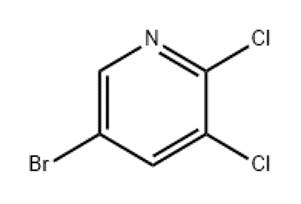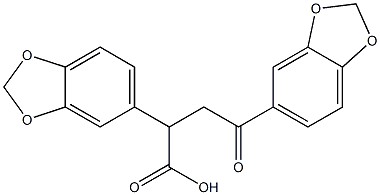5-Bromo-2-3-dichloropyridine(CAS#97966-00-2)
Risk and Safety
| Risk Codes | R36/37/38 – Irritating to eyes, respiratory system and skin. R41 – Risk of serious damage to eyes R37/38 – Irritating to respiratory system and skin. R25 – Toxic if swallowed |
| Safety Description | S26 – In case of contact with eyes, rinse immediately with plenty of water and seek medical advice. S45 – In case of accident or if you feel unwell, seek medical advice immediately (show the label whenever possible.) S39 – Wear eye / face protection. |
Introduction
-Appearance: Colorless to light yellow crystal or crystalline powder
-Melting point: 62-65°C
-Boiling point: 248°C
-Density: 1.88g/cm³
-insoluble in water, soluble in organic solvents (such as chloroform, methanol, ether, etc.)
Use:
- 5-bromo-2,3-dichloropyridine is an important intermediate in organic synthesis.
-It can be used to prepare labeled compounds containing gaseous radioactive carbon isotopes.
Preparation Method:
The preparation method of -5-bromo-2,3-dichloropyridine is usually obtained by bromination substitution reaction of 2,3-dichloro-5-nitropyridine. The specific method is to first react 2,3-dichloro-5-nitropyridine with phosphorus trichloride, and then carry out bromination substitution reaction with bromine.
Safety Information:
- 5-bromo-2,3-dichloropyridine is an organic compound and needs to follow safe operating procedures when handling and using.
-It may be irritating to the eyes, skin and respiratory system, so wear goggles, gloves and a mask.
-Please keep it properly, away from fire, heat and oxidant, and avoid contact with strong acid and alkali.
-In case of inhalation or accidental contact, clean the affected area immediately and seek medical help.








